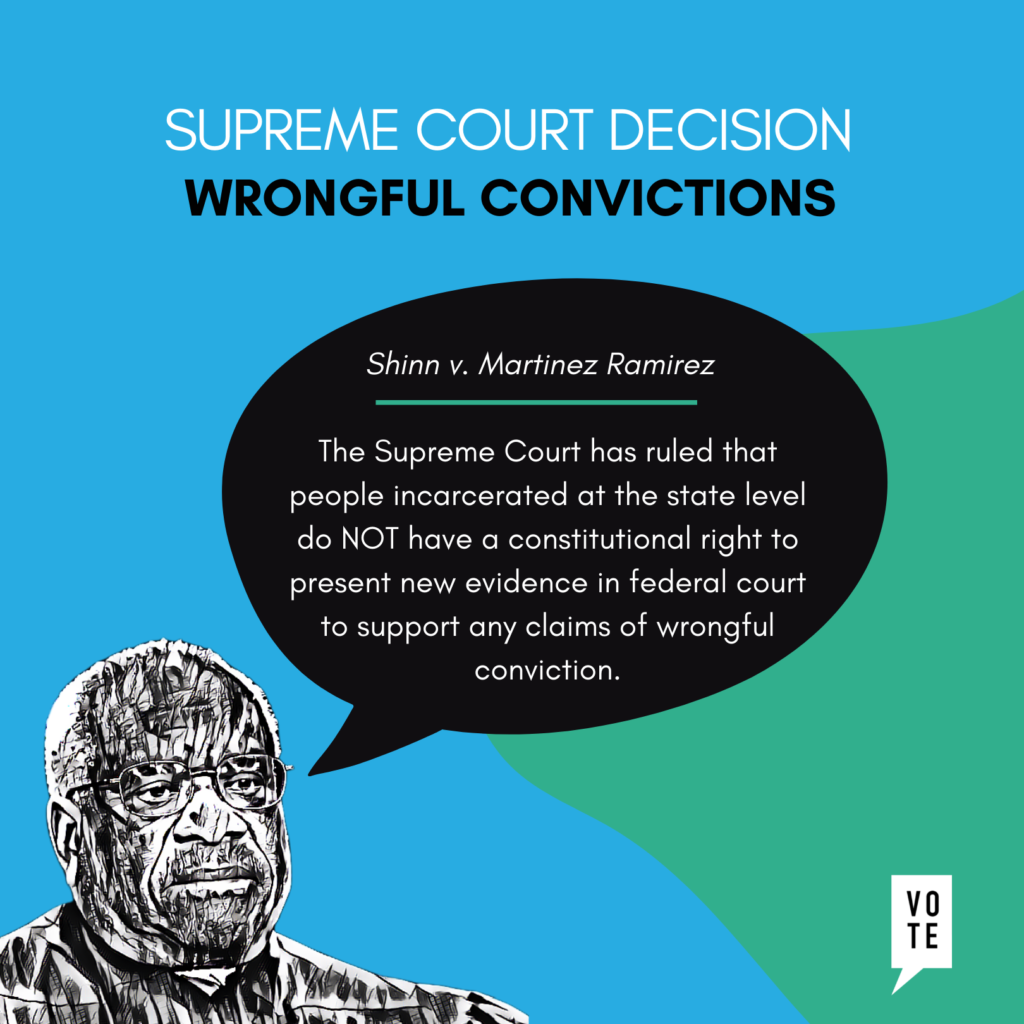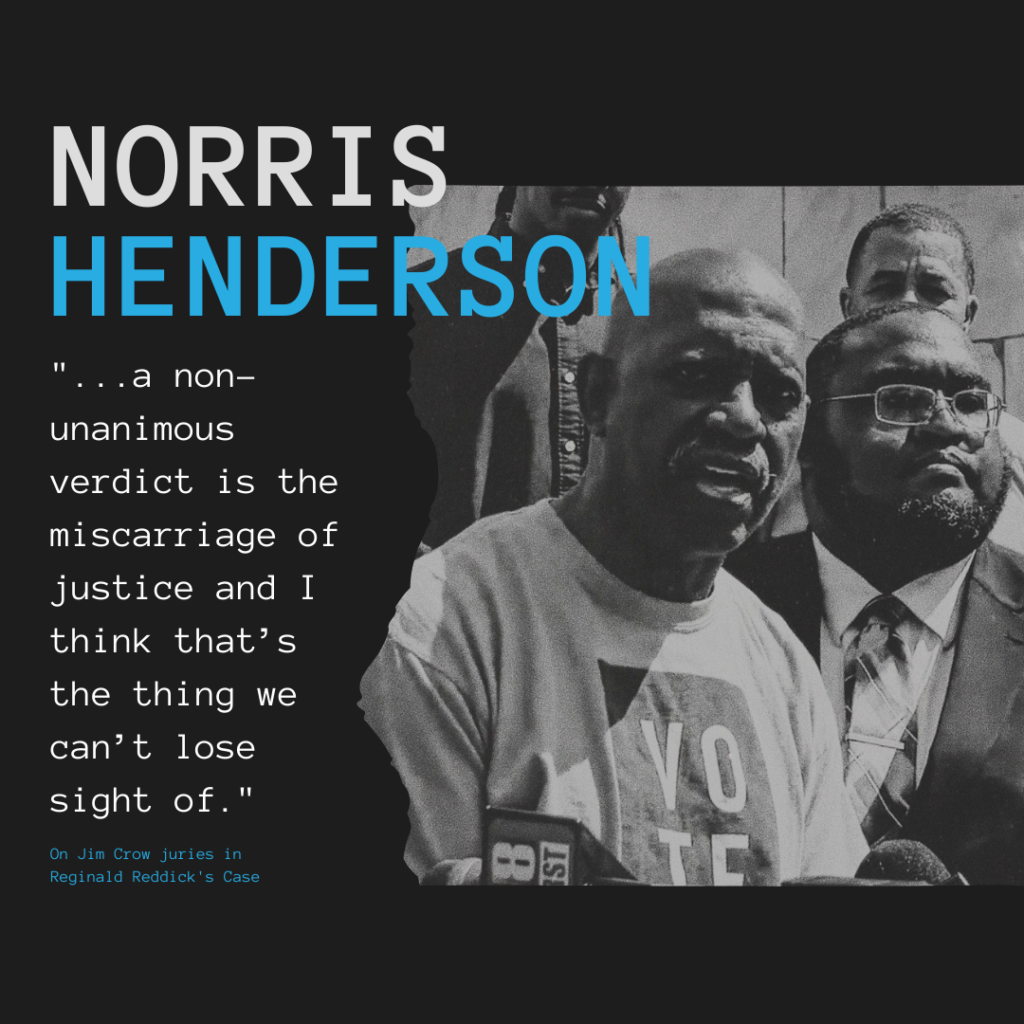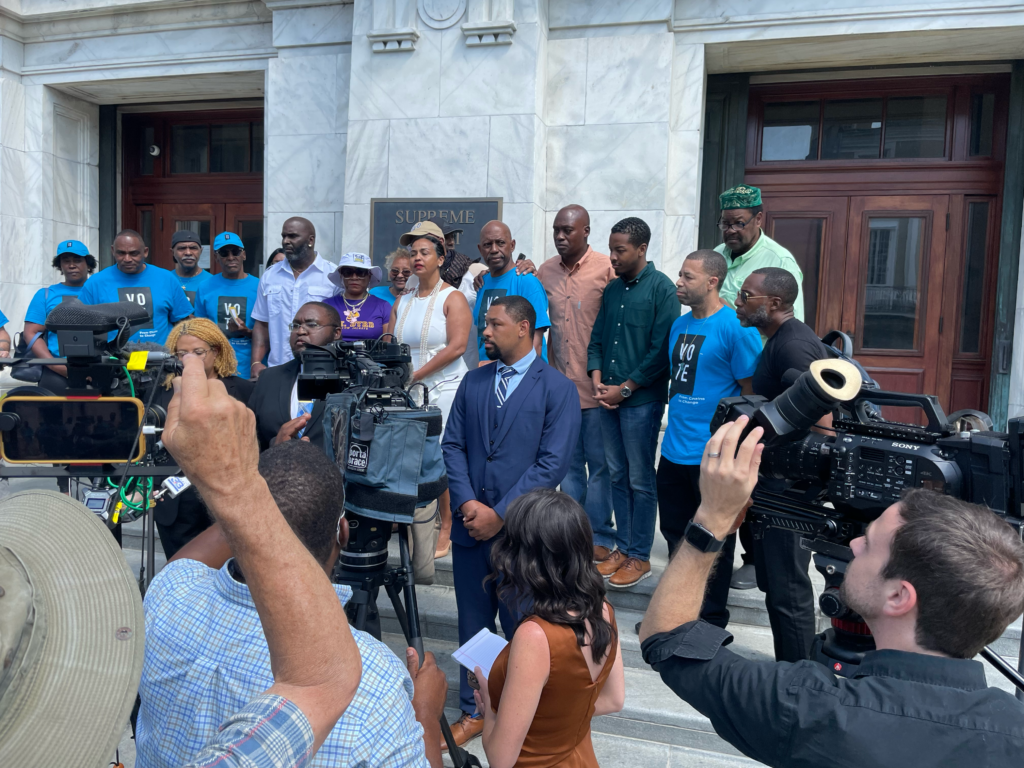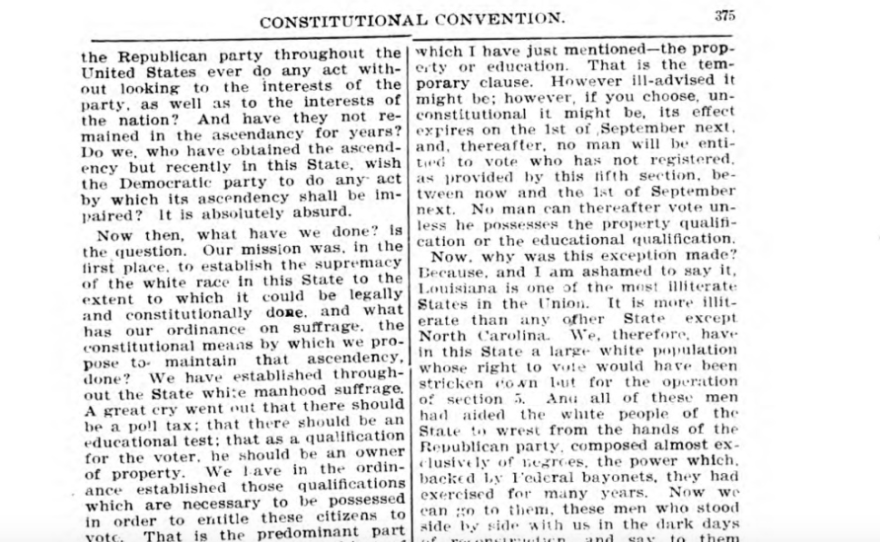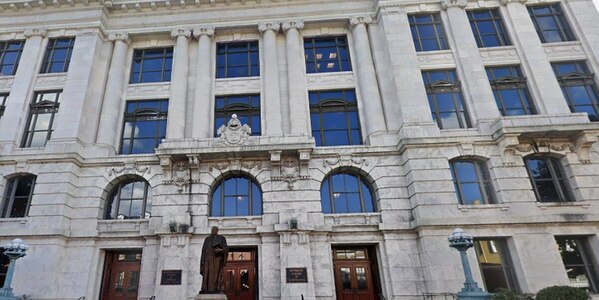“So unhinged and so indefensible, the majority’s assertion hardly merits a response.”
— 5th Circuit Court of Appeals Justice Jerry Smith
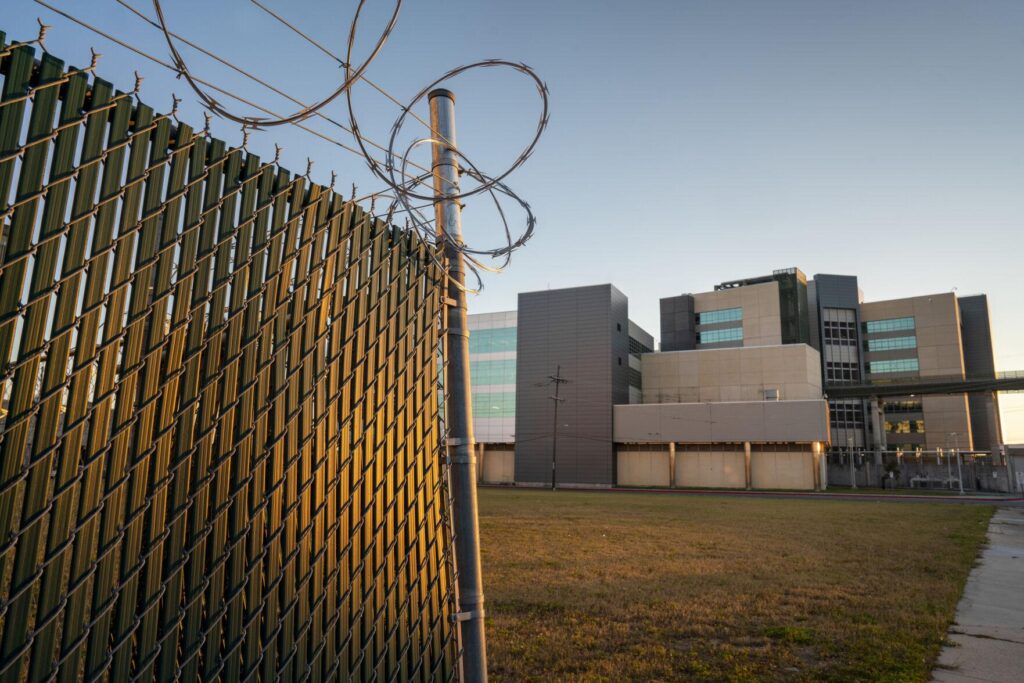
The Orleans Justice Center by Chris Granger of Nola.com
On Monday, August 26th, the 5th Circuit Panel issued a 2-1 ruling that blocks Orleans Parish Sheriff Susan Hutson’s appeal to halt the controversial “Phase III” jail expansion—a project billed as a “mental health” facility but widely opposed by advocates, the community, and the Sheriff herself. The majority invoked the “Law of the Case” doctrine, enforcing agreements made by a court-appointed receiver and former Sheriff Marlin Gusman. Despite significant changes in leadership and circumstances, New Orleans is now compelled to continue building the jail under federal orders. This case raises critical questions about the limits of court authority in mandating jail construction.
What is the 5th Circuit Court of Appeals?
The 5th Circuit Court of Appeals is a key federal appellate court based in New Orleans with jurisdiction over cases from three states: Louisiana, Texas, and Mississippi. As one of thirteen federal appellate courts in the U.S., its primary function is to review decisions made by federal district courts within its region. The court doesn’t hold trials but rather evaluates whether legal errors were made in the initial proceedings that would warrant overturning or modifying a decision. The court’s decisions are binding on lower federal courts in its jurisdiction and can have far-reaching effects. New York University law professor Melissa Murray dubbed it “a meth lab of conservative grievance.”
The Basis for Appeal
Sheriff Hutson and her legal team argued that Phase III construction should be stopped, pointing to the evolving needs of the community, the project’s escalating costs, and the fact that the original agreement was made under different leadership. They sought to overturn or modify a lower federal court’s order from Judge Lance Africk that compelled the city to move forward with the expansion, despite these significant concerns.
VOTE’s Take
Justice Jerry Smith, in his dissent from the majority ruling, highlighted the majority’s dismissive stance toward the serious consequences of enforcing this outdated agreement. Specifically, Justice Smith’s dissent refers to:
“[T]he majority’s flippant assertion that the denial of Hutson’s motion does not impose ‘any serious, perhaps irreparable consequences.’
“Yes, you read that right – according to the majority, it is no big deal if a federal court forces the political subdivision of a coordinate sovereign to build a prison, in conformance with that court’s specifications, under express threats of ‘severe sanctions’ and ‘contempt of court.’”
The two-judge majority here are Justice Dana Douglas, who wrote the opinion, and Justice Jacques Wiener, who is 90 years old and has been on the bench for 36 years. The disappointment is Douglas, who is 49 years old and doesn’t yet have two years on the federal bench. She worked several years as a magistrate before this, and likely has zero experience in jail or prison litigation.
Next Steps & Implications
We expect Sheriff Hutson’s attorneys to file for an en banc ruling, meaning it would be reviewed by a quorum of the full 5th Circuit’s twenty-six judges. This case, now a published opinion which can be binding across Texas, Louisiana and Mississippi (and persuasive in other parts of the nation) has some pretty large implications:
- It contradicts previous 5th Circuit decisions, like the one concerning Angola’s Death Row—a facility built for AC but never equipped, where temperatures could reach 120 degrees in summer. In that case, the court mandated reducing the heat to a constitutional level but allowed the state to choose how to achieve it. As a result, instead of installing AC, the prison used ice and fans to “comply.”
- In the Orleans jail scenario, the district court ruled that they were NOT forcing the city to spend $110 million on a jail expansion. Instead, they were ordering the City to be bound by an agreement made by a court-appointed receiver and deposed Sheriff Gusman (who had the jail taken from him by the court-appointed receiver). Thus, even if the “ordering this deal be completed” is not considered “ordering jail construction,” does it not matter under law that (a) one of the parties, who proposed the deal, was court-appointed, (b) neither party was still in position, and (c) the projected cost tripled?
- The district court and the Douglas/Wiener majority used the “Law of the Case” doctrine to enforce a prior ruling, i.e. build the jail. This brings into question what are the true parameters on this doctrine which, without going deep on it here, is being used to bind prior strategic decisions of the deposed defendant? Decisions that have not yet been turned into actions?
- Finally, at the heart of the issue are some factual assumptions that need rigorous review. If any of the following three assumptions are wrong, then it is a massive waste of funds that could otherwise be spent providing years of mental health treatment in the community.
1) The mental health conditions at the jail, for pretrial detainees, fall below a constitutional standard of care. - It isn’t clear to anyone, what IS the constitutional standard of care for detaining people with serious mental illness.
- This standard has not been outlined any more than ‘treatment’
- It isn’t clear what the goal of this care is for people awaiting trial, or in some cases, not yet charged. If the goal revolves around making people mentally competent to stand trial on serious charges, and face a mandatory sentence of dying in prison, in a prison that does not offer treatment or adhere to a constitutional standard of care, it should bring the twisted logic of pretrial ‘mental health treatment’ under a microscope.
2) The jail expansion to create enough mental health cells to ‘treat’ less than 10% of detained people will resolve the unconstitutional level of care.- There have been no clear explanations other than “we will have space to provide treatment” that they currently can’t (i.e. talk therapy)
- Putting people in cages, providing no outside recreation, no exercise equipment, feeding low quality food, forcing them to drink water that is never boiled (despite frequent Boil Water Advisories in New Orleans), no contact visits, and even meeting with therapists through Hannibal Lecter glass… equals constitutional level of mental health care?
3) The jail expansion and treatment will be effectively staffed to resolve the unconstitutional level of care.
- The jail has consistently been understaffed, and this would add dozens more required positions, as well as full-time mental health professionals. What changes to improve the staffing dilemmas?
- Juvenile facilities, jails, prisons, and police ALL have staffing challenges, as it is clear they have expanded beyond the point of interested people- some have 300% turnover rate.
- If that mental health staffing exists, where are they now, and why can’t these few dozen people be brought into a multi-purpose room to provide this treatment today?
- Is the City Council prepared to provide an additional $20 million each year to run this jail expansion? It does not seem the residents of New Orleans feel that way, as the jail is already one of the largest portions of the budget.
As noted in the dissent, the intervention approved (or forced, depending on your perspective) by the court should be “narrowly tailored” to achieve the goal of creating constitutional level of mental health care. The magistrate’s rationale, that he is enforcing the proposal of the court-appointed receiver, failed to connect the intervention with the constitutional issue. Furthermore, the 2019 debate is five years old and facts change. So the legal question remains, how tightly must a court connect the issue with the intervention? Put another way, to what degree can a progressive activist judge order a prison or jail to do something, such as install a recreational yard, against the wishes of prison or jail officials?
The dissent gets into the jurisdictional questions quite a bit, whereas the majority’s circular logic goes as far as saying Sheriff Hutson’s issue (stopping jail construction) is premature, as the jail is only 12.82% complete, and then also saying her arguments are out-of-time. Granted, someone needs to make off with the money before it is “bank robbery,” but if you catch them 12% into the robbery, it is still a crime.
In summary, this ruling feels like the many post-conviction rulings where the court fiddles around the issues without ever getting to the heart of the matter. Where they have their pre-determined result (“denied”) and do their best to ignore the genuine evidence, especially any new (and more accurate) evidence. Every overturned conviction went down the same dark rabbit hole of Alice in Wonderland logic. In hindsight, however, it was always clear the court system got it wrong. In this case, the right side of history is obvious, it just remains to be seen if and how we get there.
Read the full opinion here: Anderson v. Hutson, No. 23-30633, (08/26/2024)


